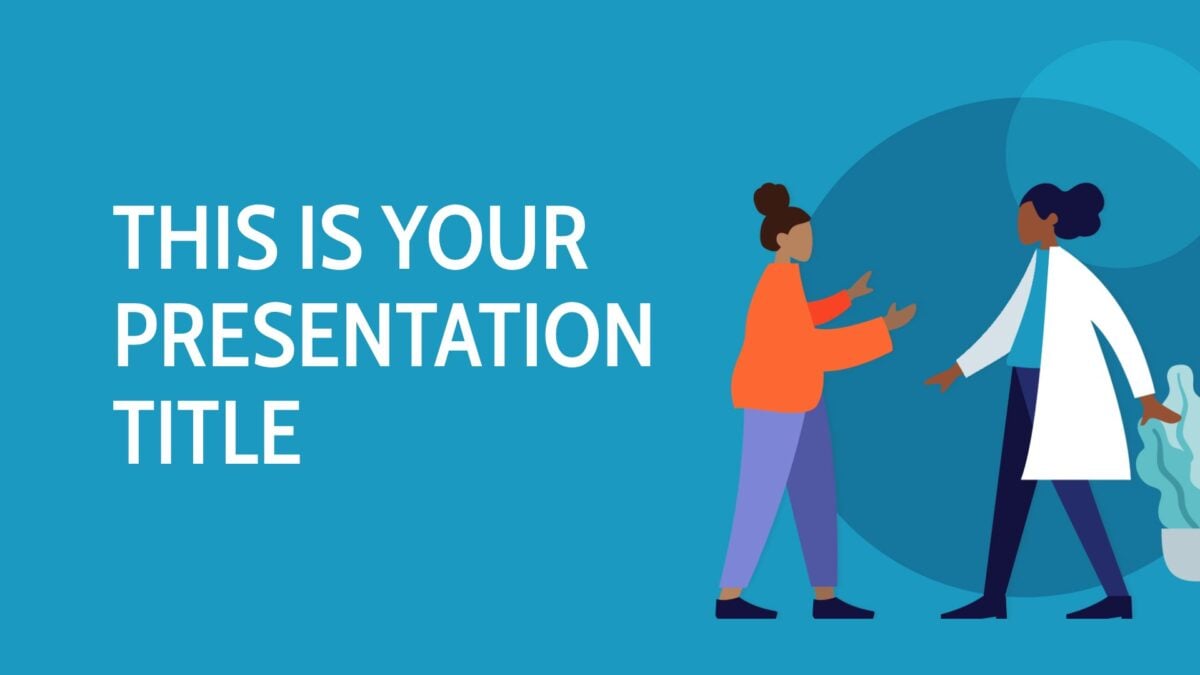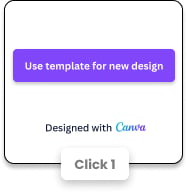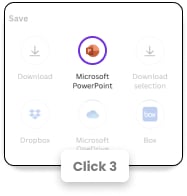Very few people seek out jobs based on public speaking opportunities — and that’s particularly true for medical professionals.
But while life-saving research and discovery is some of the most important work medical teams will do, they also need to know how to share what they’ve learned.
Presentations are an effective way of unveiling new findings within scientific communities, training peers and juniors on essential new measures, and advancing your medical career — but there’s a great, and not so great, way of doing it.
When the content is as important as this, you simply can’t run the risk of misleading, misinforming, or disengaging your audience. Your medical presentation needs to be concise and to the point, yet detailed enough to get buy-in.
Whether you’re presenting a case for grand rounds, or lecturing a class of students, the information should be the center of attention — if your listeners are distracted by unnecessary clipart, or confused by the hierarchy of information, they won’t take away half of what you’re saying.
In short: getting the presentation design right is just as important as delivering it well. Here’s how to create an effective and engaging medical presentation — without wasting hours on PowerPoint!
- Simple is better
- Be wise with your color choice
- Don’t overcrowd slides with text
- Give your audience time to process
- Make graphs work for you
- Start with a template
Simple is better
Those fancy templates in PowerPoint might look tempting, but when they are up on the big screen your audience may well find them distracting and confusing.
When it comes to a medical presentation template, you want to avoid:
- Complicated design
- Extraneous lines or dots
- Patterns or textures of any sort
- Bright or loud colors
Now this is not to say that the best design is a barren one. Black text on a white background, slide after slide, won’t do much to inspire your audience either.

Instead you want a minimalist design using a small but impactful color palette. Avoid unnecessary visual details, and let your content really do the talking.
Be wise with your color choice
Our brains are hardwired to associate colors with feelings and emotions. For example, yellow is typically associated with extraversion and optimism, while green is evocative of peace and tranquillity (thanks to its links with nature).
But what color denotes “medical professional”?
Blue is widely used in both medical and business spheres, to convey reliability and trust. In fact, blue is the single most common logo color among the leading healthcare organizations in the USA and around the world!
And different shades of blue imply different things — lighter shades are gentle (good for pediatric care, for example) while darker shades like navy carry more weight and impact.
Gray can be a useful secondary presentation color, thanks to its neutrality, but use red sparingly — if at all. Red, while bold and assertive, tends to convey feelings of aggression. Hematologists are the only ones who can get away with using red in a medical presentation — and even then, it should still be used judiciously!

If you want to learn more about this, take a look at our full guide to the psychology of color.
Don’t overcrowd slides with text
When you’re passionate about the work you’ve done, it’s tempting to lay it all out for the world to see. We’ve all been there before, but try to hold fire.
The more text you pack on to each slide, the less your audience will take away from the presentation. Remember: your presentation is not a document — even lecture slides should be designed as a presentation first and foremost.
As a presenter, it’s your responsibility to land the most salient points in the moment. If that means having just two or three words on your slide, and verbalizing the rest, then do it.

If you’re really worried about getting the finer details across, then supplement your slide deck with a printed handout and really take the time to expand on key messages as you speak. This may sound like double the work, but it’s simply counterproductive to crowd your slides with text.
Use visuals in place of text wherever possible, and try to avoid bullet points — they’ll just tempt you into writing more!
Give your audience time to process
Even if you’re talking to a room full of the brightest medical minds, they’ll still need a moment to catch up with what you’re saying.
And this pause can be delivered in a number of ways.
First, you can separate your presentation into several sections, thereby helping your audience navigate the overall flow of what you’re saying. For example: ‘Key findings’, ‘What this means for the medical world’, and ‘Next steps’. After each section, pause for a moment to let your message land — this is especially important for long or very dense presentations. Then, when you’ve got the room with you again, you can carry on.

You can use visuals to remind yourself to pause, too. When we’re nervous, we tend to rattle on to fill the silence. So a strategically placed slide, with nothing but a relevant image, will be your cue to take a breath and summarize what you’ve said before continuing.
Make graphs work for you
Graphs and other visual data displays are the staple of all good medical presentations. Nothing beats a graph for highlighting trends and correlations, or the need for action in a particular area.
There are plenty of existing graphs you can find in textbooks and journals, but these are often low resolution and not suited to presenting to an audience — think about those at the back of the room!
Instead, look for a better version online. And if you can’t find one, you can create your own.
This is easy enough if you know your way around Excel. Using simple tables to input your data, you can create graphs that are hi-res enough to work in your presentation.

But, again, simple is better here. You want to use a clean design with no unnecessary data — use colors, text, and visuals to highlight your message. A blurry, overwhelming or hard-to-decipher graph will only muddle what you’ve got to say.
Start with a template
As a medical professional, you’ve probably got far more pressing things to worry about than upskilling yourself on PowerPoint, right? And that’s where presentation templates come in.
Templates give you the bare bones of what you need for an engaging presentation design, allowing you to fill in the gaps with your expertise.
Even when you do that the time to sit down and dedicate a couple of hours to presentation design, it’s reassuring to know you’re starting from the right place. The best templates can either be rolled out within half an hour — just add in your findings, and go — or they can be tweaked and reworked, to include specific medical branding or other visual elements.
At SlidesCarnival we have a wide range of templates, specifically designed for medical presentations. The colors have been carefully chosen, the layouts lend themselves perfectly, text boxes are used just sparingly enough, and there’s a host of visual tools (like specialized icons) to help you keep your points tight. Sometimes a professional grade presentation is all you need to step up with confidence in front of colleagues, peers, mentees and other revered individuals from the medical and scientific community. So why worry about getting the design right? Just follow the tips we’ve laid out today, and lean on our medical presentation templates to get you started.













